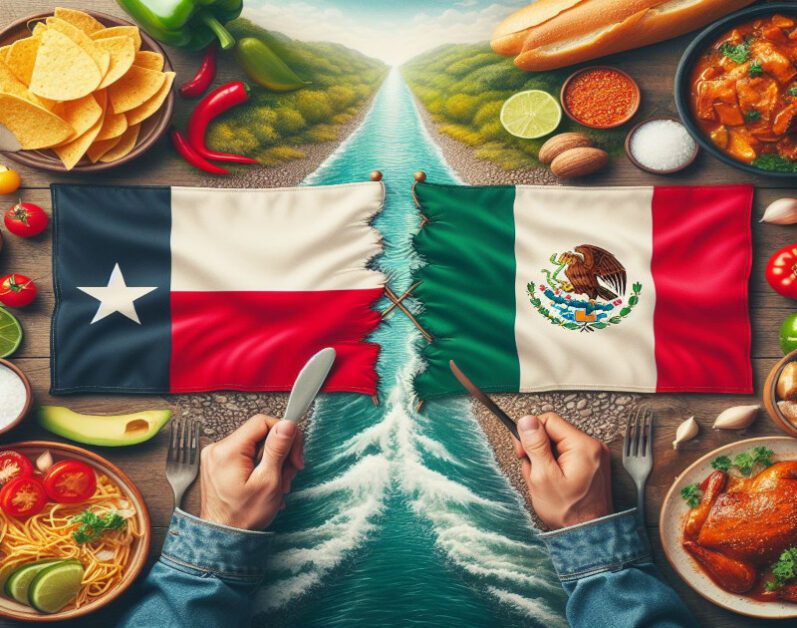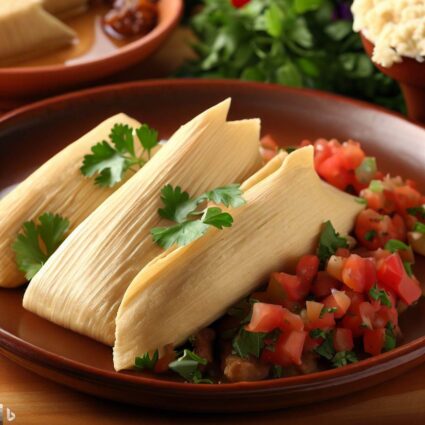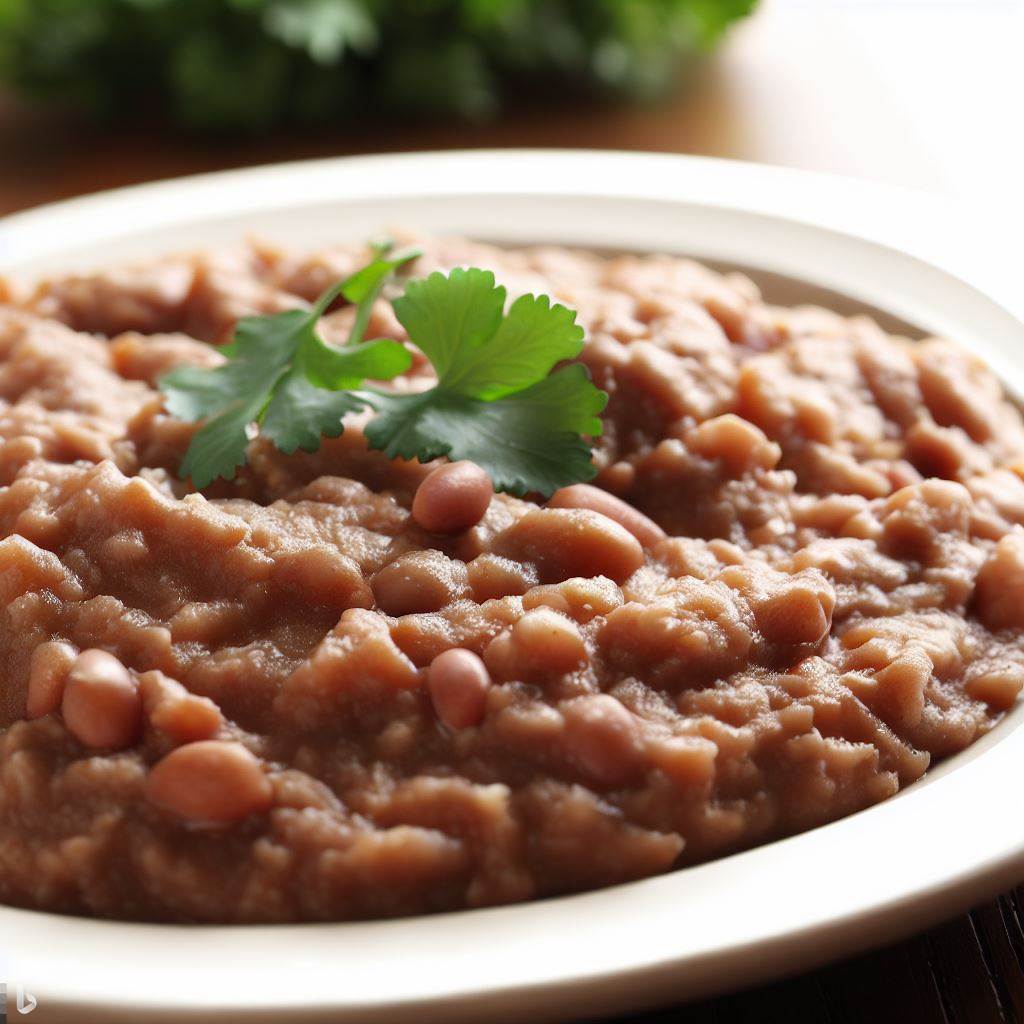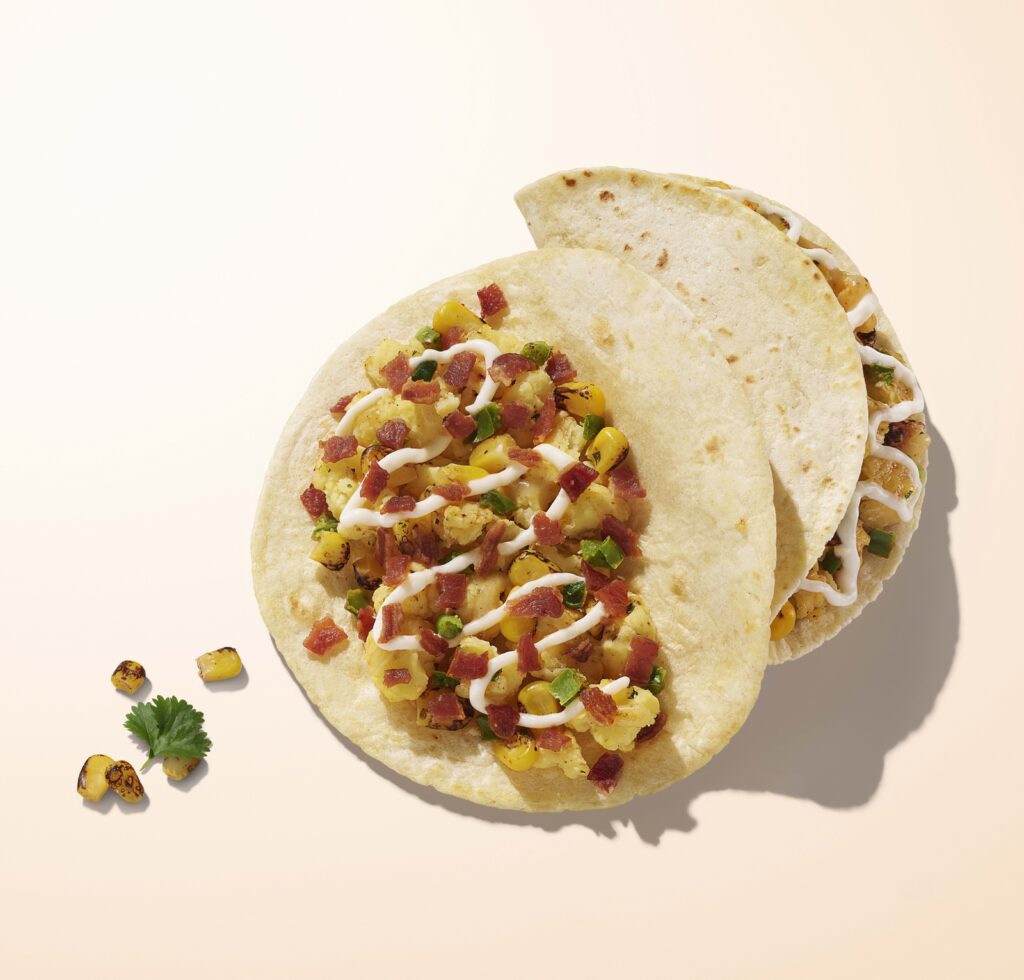Make a Classic Mexican Dinner at Home-Acapulco-style Ceviche

* We’re an Amazon Associate and some links are affiliated, when you purchase a product we may get a small commission, at no cost to you. We appreciate your support!
Make a Classic Mexican Dinner at Home with UTSA’s Latest E-Cookbook
Highlighting entrée recipes from its historic Mexican Cookbook Collection, UTSA Libraries has made the virtual book available for download
Learn how to make Acapulco-style ceviche, enchiladas poblanos or authentic chicken flautas at home thanks to the latest e-cookbook from UTSA Libraries, Recetas: Cooking in the Time of Coronavirus Vol. 3 .
Adapted from the university’s Mexican Cookbook Collection, the e-book features 13 dishes strong , or main dishes, representing different periods of Mexico’s culinary history. The first volume of Recetas focused on Mexican desserts ( think bunuelos ) and the second on beverages (everything from a mezcal margarita to spiced coffee). All three are available for download at lib.utsa.edu .
In each volume, home chefs will find recipes in Spanish along with their English translation. Featured main dishes in this latest book range from popular Tex-Mex plates like enchiladas to Gulf-inspired bites like fresh shrimp tacos.
Recipes were adapted from some of the over 2,000 historic cookbooks that are part of UTSA Libraries’ collection. Some of the books date back to 1789 and the collection also includes the personal papers and 19th Century Mexican Cookbook collection of chef and author Diana Kennedy. ( Learn more about the collection here.)
Elizabeth Johnson, chef and founder of Pharm Table, wrote a forward in the latest e-cookbook that helps home cooks navigate the recipes, which can sometimes be scanned on details. “This collection serves as a fountain of information for anyone interested in learning about the diverse foods and cultures of Mexico,” she writes.
Make it at Home: Acapulco-style Ceviche
Ingredients
2 pounds pompano or Sea Bass
½ pound tomatoes
5 limes
2 avocados
1 onion
4 tbsp oil
1 tbsp vinegar
4 pickled serrano peppers
½ tsp oregano
Salt and pepper to taste
Preparation
Wash the filleted and skinned fish and cut into small cubes. Place in a china or glass dish, pour lime juice over all, and let stand for 3 hours, turning the fish pieces with a wooden spoon from time to time.
Submerge tomatoes in boiling water for 1 minute, skin, dice and add to the fish.
Add the sliced peppers, oil, vinegar, oregano, salt and pepper.
Serve cold in sherbet glasses or seashells, garnished with slices of onion and avocado.
Recipe from vol. 3 of Cooking in the Time of Coronavirus: Recipes from the Mexican Cookbook Collection – published by UTSA Libraries Special Collection.
This was originally published in San Antonio Magazine , see original article here.
https://www.sanantoniomag.com/make-a-classic-mexican-dinner-at-home-with-utsas-latest-e-cookbook/
Discover more from Eathenet
Subscribe to get the latest posts sent to your email.

 Motivation/Inspiration
Motivation/Inspiration Toys
Toys











